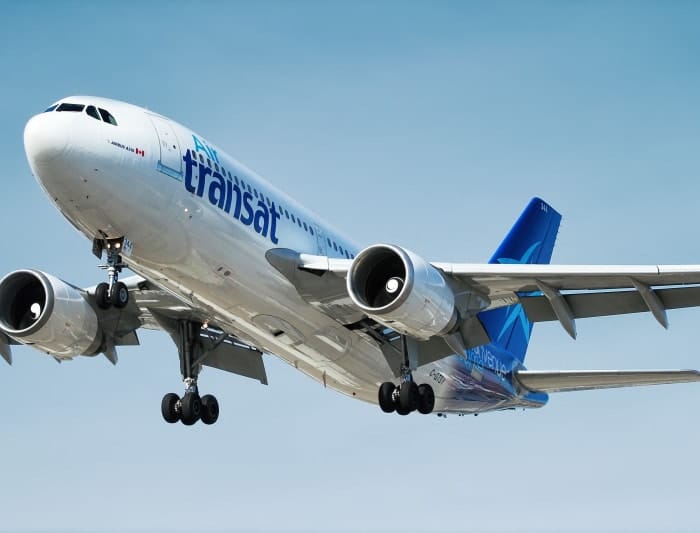Plus, there’s very good news if you dread those long, slow lines at TSA checkpoints
Many of us feel stressed by the tightened airport security. The long lines, worrying about what may trigger a re-check, emptying pockets and having to remove shoes, belts and coats can be such a hassle! Worse, while we may assume that airport security x-rays and scanning technology are foolproof, more than 70% of banned items are still getting through. The good news is that your airport security experience will improve over the next few years.
“Next-generation technologies, such as a 3-D imaging foot scanner called the SS1 Shoe-Scanner, are in the final testing phases,” reassures Dana Wheeler, CEO of Plymouth Rock Technologies, a threat detection technology developer. “In fact, there are multiple layers of security technology in development that will cause the false alarm rates at the TSA checkpoints to go down and the lines to move faster. And they’ll make the airport perimeter including outlying parking areas much more secure.”
Wheeler, part of an elite international team helping to lead these changes, explains that these devices will use a combination of technologies including millimeter waves and artificial intelligence to identify threats. He stresses that all this technology is safe and already proven to work in other applications. “Nearly every car coming off the production line is equipped with millimeter-wave radar for cruise control, blind spot detection and collision avoidance. Now, we are working to make these solutions for security applications more widely available.”
In the meantime, there are simple steps you can do to keep yourself safer and help airport security personnel be more effective.
- Arrive at the airport far earlier than you think is necessary. “When you’re feeling rushed or stressed, you are less likely to notice suspicious people around you,” Wheeler points out. “Allow yourself plenty of time for unanticipated delays. If everything goes smoothly, reward yourself by browsing the gift shop or enjoying a snack at an airport restaurant before your flight.”
- Use a luggage tag that hides your name and home address from prying eyes. “The person next you on the airport shuttle van, or in line at check in, may be a burglar looking for addresses of empty homes.”
- Pack your carry-on essentials in a zipped bag. “Most travelers bring their tablets, medications and other important items in their carry-ons. Using a zipped bag will prevent someone from reaching in to grab something. Also, never leave your belongings unattended. Don’t trust a stranger to watch them while you run to the bathroom. Take them with you, even if it means schlepping several items.”
- Dress to make it easier to get through security. “Avoid wearing loose or bulky clothes, or clothing that has multiple pockets where items may be concealed. Those will draw the TSA’s attention. Instead, opt for more fitted clothes and dress in layers that can easily be removed for screening. And remember that you may be asked to remove your belt. So, if your pants will fall when your belt is removed, consider wearing a different pair of pants.”
- Make your ground transportation arrangements before you leave. “In your rush to get to your hotel or other destination, you might be tempted to make risky decisions such as sharing a taxi with a stranger. Plan ahead. Know the airport and hotel shuttle schedules. Confirm that they will be running at the time of your arrival. If you choose to use a rideshare, set it up before you leave home. Be aware that some airports have moved rideshare pick-up/drop-off points away from the terminals so plan accordingly.”
Want to wear your shoes while going through security screening?
Currently, only children ages 12 and under and adults over 75 are exempt from having to remove shoes at airport terminal security checkpoints. But that may change one day very soon with the introduction of SS1 Shoe-Scanner, millimeter-wave shoe scanning technology. This floor-mounted 3D imaging system uses harmless millimeter wave imaging techniques, combined with artificial intelligence, to inspect footwear without the need for removal by the wearer.
Unlike most shoe scanners that can only detect metal and cannot find chemical powders or other contraband, the SS1 can detect weaponry, explosive substances, compounds, or electronics concealed in shoes and other footwear.
If an alarm is triggered, the passenger is simply redirected to the conveyor belt where they will be asked to take off their shoes for more intensive screening. Shoe scanners can also be used at other key points during the travel process, including at the ticket counter when passengers are checking baggage and at the gates.
The SS1 Shoe-Scanner will increase airport security while enabling checkpoint lines to move faster. Wheeler’s team is also working on next-generation technologies to identify potential security threats throughout the travel experience, including off-airport parking lots to walkways and baggage check-in counters. And that could lead to more pleasant travel experiences for all of us!
To learn more about Plymouth Rock Technologies and its team’s accomplishments, visit www.plyrotech.com.
Dana Wheeler is a recognized industry veteran with more than 35 years’ experience in radio frequency, microwave and millimeter-wave technologies. He has a proven track record of successful start-ups, mergers and acquisitions. In the past, he has held positions with M/A-Com, Millitech, Lockheed Martin, Harmonix Corp (HXI), Terabeam and Proxim. He is the founder of Radio Physics Inc. Wheeler is a graduate of the University of Massachusetts, Dartmouth.








































